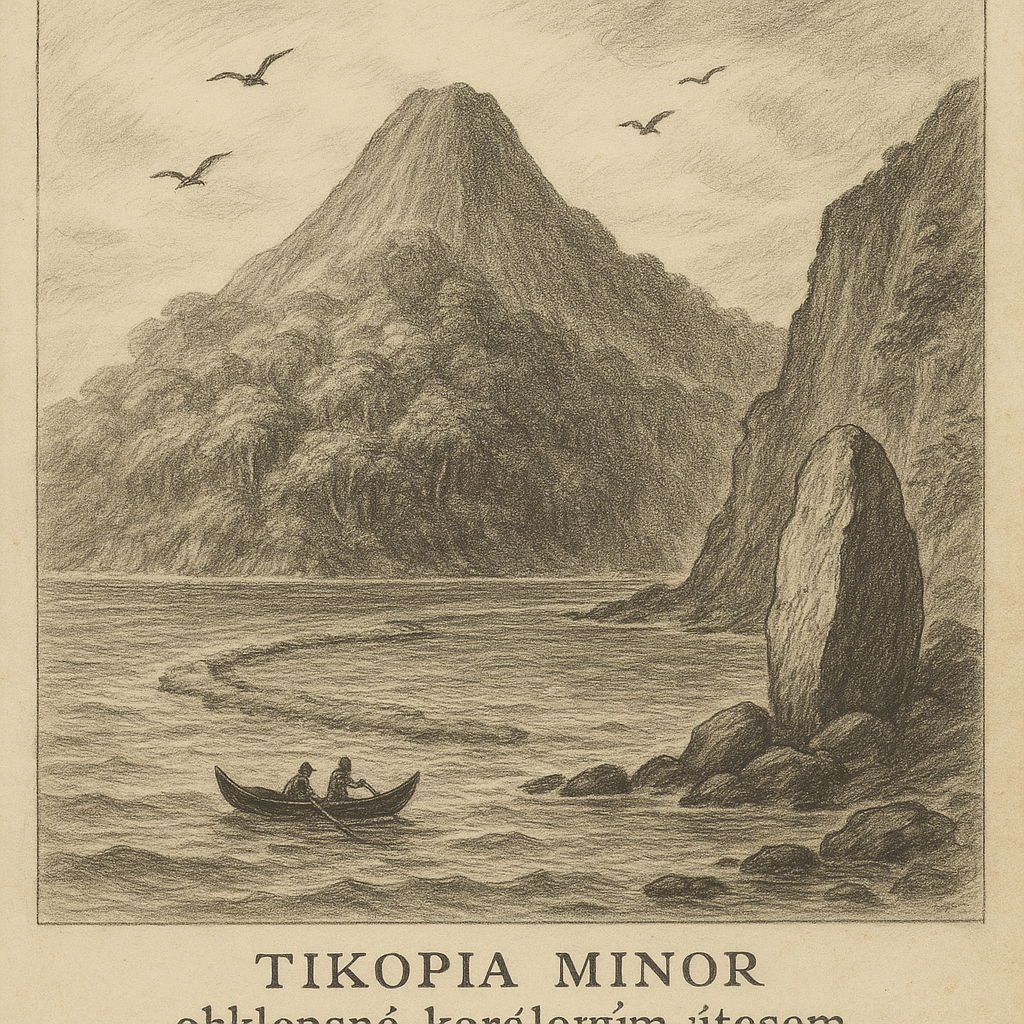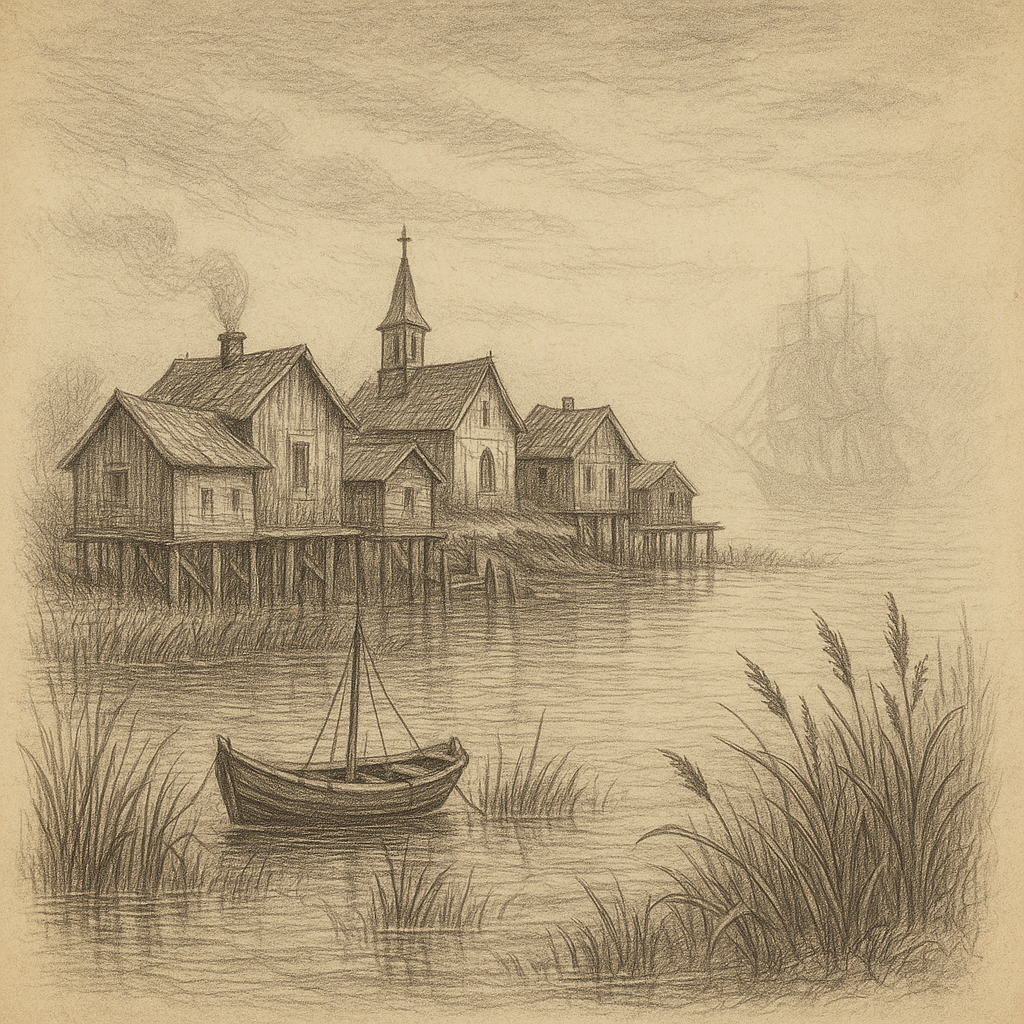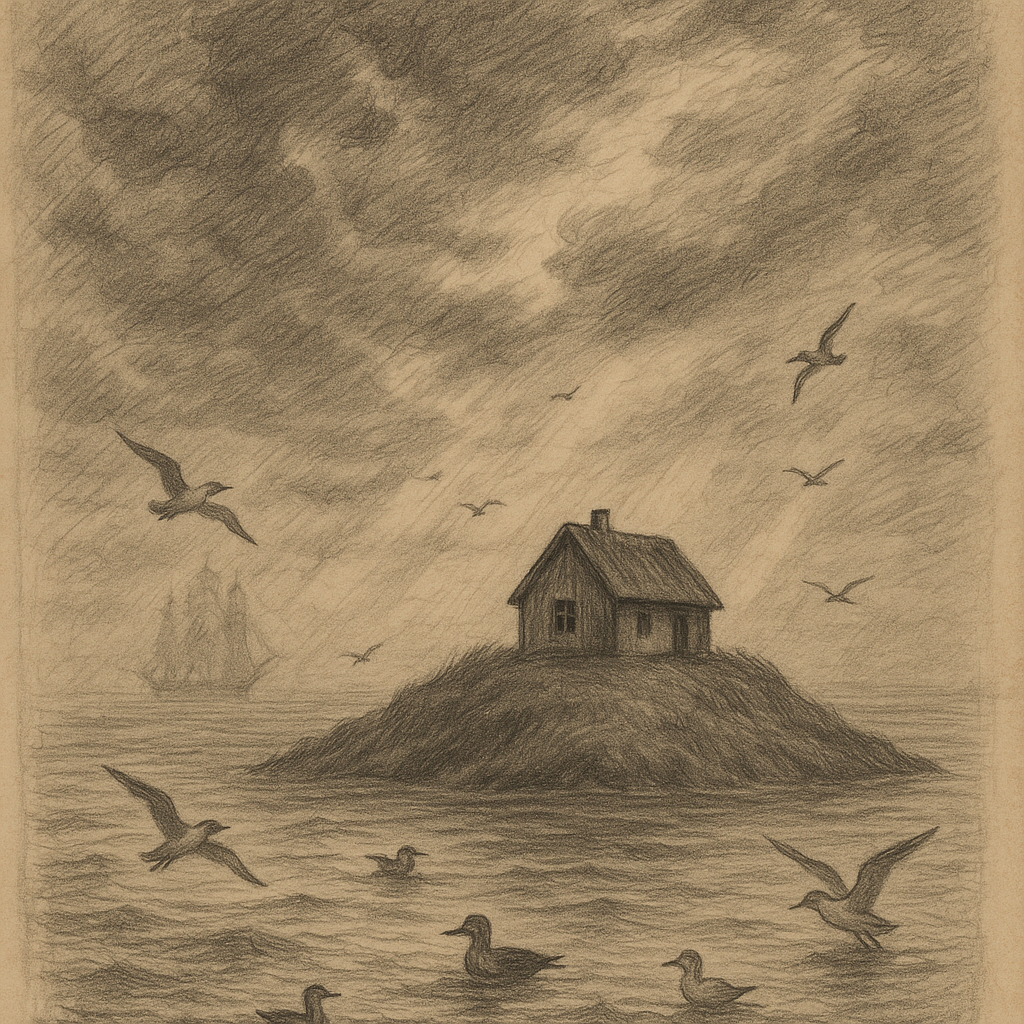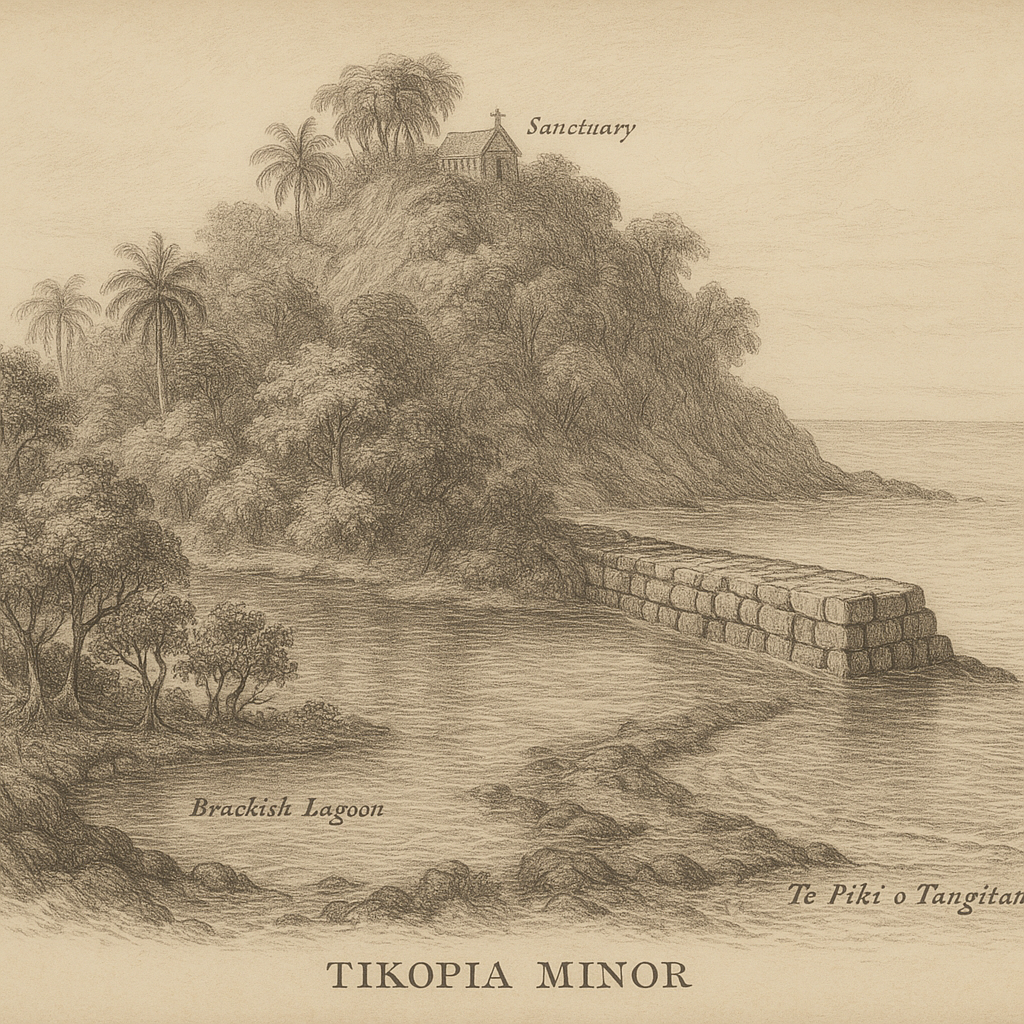Location and Geography
Tikopia Minor Island is a remote and largely unknown gem located in the South Pacific Ocean, southeast of the main Tikopia Island in Temotu Province, Solomon Islands. Situated in one of the most isolated parts of Oceania, this small island lies far from major shipping routes and remains untouched by most modern developments. Despite its diminutive size and relative obscurity, Tikopia Minor Island offers a fascinating glimpse into a unique environment shaped by geological forces and preserved by isolation.
The island is part of a volcanic island chain that includes the better-known Tikopia and is situated along a segment of the Pacific Ring of Fire. Like its neighboring islands, Tikopia Minor Island owes its existence to ancient volcanic activity that lifted parts of the ocean floor above sea level. Rugged cliffs, coral reefs, and slopes thick with vegetation define its landscape. Encircled by turquoise waters and a vibrant barrier reef, the island is extremely secluded and accessible only by boat under calm sea conditions.
Geological Significance
Tikopia Minor Island’s geological origins are closely tied to the tectonic activity within the Pacific Plate region. Subduction zones near the Solomon Islands have contributed to the creation of various volcanic landmasses, including Tikopia Minor. Although it is no longer volcanically active, the island’s topography reveals its fiery past through rugged lava outcrops and weathered basalt faces.
Its surrounding seabed shows signs of past seismic activity, and minor fumarolic events may have historically shaped the island’s current form. Despite being relatively small — estimated at less than 2 square kilometers — Tikopia Minor is believed to be the exposed tip of a larger extinct submarine volcano.
Climate and Biodiversity
The island experiences a humid tropical climate, characterized by high humidity, steady temperatures, and seasonal monsoonal rainfall. Average annual precipitation exceeds 2,000 mm, contributing to lush vegetation and dense rainforest cover. Because of its remote location and the absence of human habitation, Tikopia Minor functions as an unintentional nature reserve.
Among its most remarkable ecological features are endemic bird species, rare insects, and an undisturbed coral reef system. The surrounding waters teem with marine life such as parrotfish, reef sharks, and green sea turtles. Being untouched by agriculture or industry, the island is considered critical for biodiversity conservation in the region. Migratory seabirds use it as a breeding site, and some researchers believe previously unrecorded species may still be discovered here.
Human History and Cultural Connections
Though Tikopia Minor Island has no permanent inhabitants today, oral history from the main Tikopia Island mentions the smaller island in chants and genealogical stories. It may have been used by early Polynesian settlers as a temporary stop during oceanic voyages or as a location for ritualistic purposes.
Archaeological evidence suggests intermittent human activity, perhaps fishing or seasonal harvesting of marine resources. Traditional outrigger canoes from Tikopia once regularly visited the island, though modern sea access has become rare due to changing ocean currents and economic focus.
Interesting Facts
– Tikopia Minor Island is one of the last truly uninhabited islands in the Solomon Islands archipelago.
– Due to its small size and surrounding coral reefs, the island is visible only in fine satellite detail and is absent from most navigation charts.
– Scientists occasionally seek permits to visit the island to study untouched coral systems and climate-resilient ecosystems.
– Some species of flora and fauna found on Tikopia Minor may display unique adaptations due to island dwarfism and isolation.
The pristine condition of Tikopia Minor Island makes it an ideal candidate for long-term conservation studies. Researchers suggest naming it a marine protected area to preserve its ecological integrity.
Legends and Mythology
Among the people of Tikopia Island, Tikopia Minor holds a mystical reputation. One of the most well-known legends tells of Te-Atuha, a spirit guardian believed to dwell in the island’s forested interior. According to oral tales passed down through generations, Te-Atuha watches over the island and punishes those who come without respect.
Another popular myth is the story of “The Echoing Stone,” a large rock on the eastern shore that is said to sing with the voices of ancestors when the wind hits it just right. Elders recount tales of voyages to the island where the wind carried prophecies and omens from the rock’s direction.
Some even speak of a hidden freshwater spring within the dense jungle that grants fertility blessings, making it a sacred destination for couples seeking children. While none of these legends have been verified, they contribute to the island’s mysterious allure and spiritual reverence among Tikopian communities.
Access and Conservation
Currently, Tikopia Minor Island does not host any permanent research stations or facilities. Access is strictly limited, with occasional visits conducted by scientific teams under authorization from the Solomon Islands government. Given its vulnerability, discussions have emerged about designating the island as a preserved natural reserve.
Because the island has no harbor or landing strip, any visitation must be done by small watercraft in ideal conditions. Conservation groups stress the importance of protecting Tikopia Minor from potential threats such as invasive species, which could easily devastate its fragile ecosystem.
The remoteness and untamed beauty of the island highlight the need for careful stewardship. In a rapidly changing Pacific environment where overfishing, coral bleaching, and deforestation are real concerns, Tikopia Minor Island stands out as a sanctuary — a place where nature’s rhythms continue largely unchanged.
Conclusion
Tikopia Minor Island may be little known to the outside world, but its geological past, self-sustaining ecology, and rich cultural connections make it a truly remarkable place. Whether viewed as a lost paradise, a living laboratory, or a spiritual landmark, this tiny isle deep in the Pacific speaks volumes about the power of nature, the endurance of mythology, and the responsibility of conservation. As global awareness about fragile ecosystems grows, places like Tikopia Minor stand as reminders of what remains — and what is still worth preserving.



